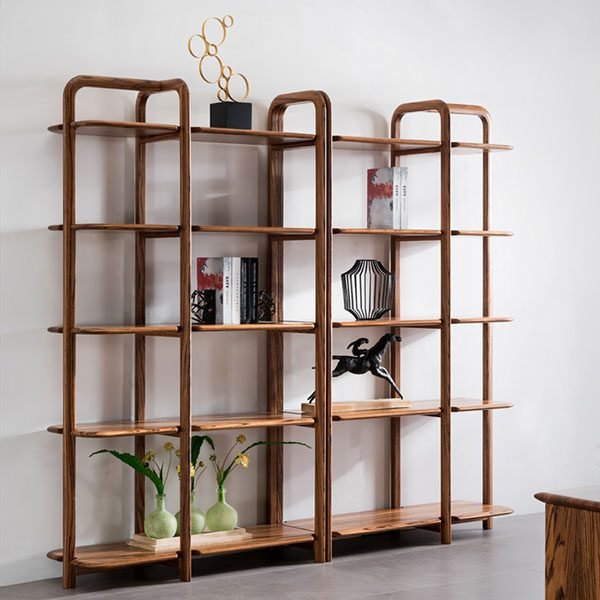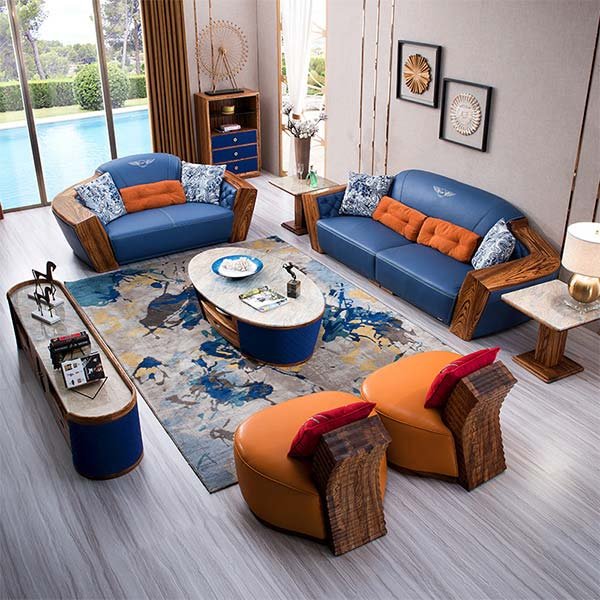“Carpet: The Essential Element of Furniture and Fixtures.”
The Role of Carpets as Furniture and Fixtures: Exploring their Functionality and Aesthetics
Carpets are an essential element in interior design, providing both functionality and aesthetics to a space. They not only add warmth and comfort to a room but also contribute to the overall ambiance and style. However, there is often confusion about whether carpets should be considered furniture and fixtures. In this article, we will explore the role of carpets as furniture and fixtures, discussing their functionality and aesthetics.
Firstly, let’s define what furniture and fixtures are. Furniture refers to movable objects that are designed to support various human activities, such as seating, sleeping, and storage. Fixtures, on the other hand, are permanent elements that are attached to a property and cannot be easily removed. Examples of fixtures include lighting fixtures, plumbing fixtures, and built-in cabinets.
When it comes to carpets, they do not fit the traditional definition of furniture or fixtures. Carpets are not movable objects like chairs or tables, nor are they permanently attached to a property like lighting fixtures. However, carpets play a crucial role in defining the functionality and aesthetics of a space, making them an integral part of interior design.
From a functional perspective, carpets provide numerous benefits. They act as a sound absorber, reducing noise levels in a room and creating a quieter environment. Carpets also provide insulation, helping to retain heat and reduce energy consumption. Additionally, carpets offer a soft and comfortable surface to walk on, making them ideal for areas where people spend a lot of time standing or walking, such as living rooms and bedrooms.
In terms of aesthetics, carpets can transform the look and feel of a space. They come in a wide range of colors, patterns, and textures, allowing for endless design possibilities. Whether you prefer a bold and vibrant carpet to make a statement or a neutral and subtle one to create a calming atmosphere, carpets can enhance the overall aesthetic appeal of a room.
Moreover, carpets can be used to define different areas within a space. By strategically placing carpets, you can create separate zones for lounging, dining, or working, even in an open-plan layout. This not only adds visual interest but also helps to organize the space and improve its functionality.
In conclusion, while carpets may not fit the traditional definition of furniture and fixtures, they play a significant role in interior design. Carpets provide both functionality and aesthetics, offering benefits such as sound absorption, insulation, and comfort. They also contribute to the overall ambiance and style of a space, allowing for endless design possibilities. So, while carpets may not be considered furniture or fixtures in the strictest sense, their importance in creating a functional and visually appealing environment cannot be overlooked.
Understanding the Importance of Carpets in Interior Design: How They Contribute to the Overall Ambiance
Carpets play a significant role in interior design, contributing to the overall ambiance of a space. They are not only decorative but also functional, providing comfort and warmth to a room. However, when it comes to categorizing carpets, the question arises: are they considered furniture and fixtures?
To answer this question, it is essential to understand the definition of furniture and fixtures. Furniture refers to movable objects that are used to support various human activities, such as seating, sleeping, and storage. Fixtures, on the other hand, are items that are permanently attached to a property and cannot be easily removed without causing damage.
Based on these definitions, carpets do not fall under the category of furniture or fixtures. Carpets are considered floor coverings, which are typically laid on top of a floor surface. They can be easily moved or replaced without causing any damage to the property. Unlike furniture or fixtures, carpets do not provide structural support or have a permanent attachment to the property.
However, this does not diminish the importance of carpets in interior design. Carpets have the power to transform a space, adding color, texture, and pattern to the overall design scheme. They can create a sense of warmth and coziness, making a room feel more inviting and comfortable.
In addition to their decorative value, carpets also offer practical benefits. They provide insulation, helping to reduce noise and improve energy efficiency. Carpets can also act as a safety feature, providing a soft and cushioned surface that reduces the risk of slips and falls.
When choosing a carpet for a space, it is important to consider various factors, such as the size, color, and material. The size of the carpet should be proportionate to the room, with larger rooms requiring larger carpets to create a balanced look. The color of the carpet should complement the overall color scheme of the space, enhancing the desired mood or atmosphere. The material of the carpet should be durable and easy to clean, especially in high-traffic areas.
In conclusion, while carpets are not considered furniture or fixtures, they play a crucial role in interior design. They contribute to the overall ambiance of a space, adding both decorative and functional elements. Carpets have the power to transform a room, creating a sense of warmth, comfort, and style. When choosing a carpet, it is important to consider factors such as size, color, and material to ensure it complements the overall design scheme and meets the practical needs of the space.
Carpet as a Versatile Element: Exploring Different Ways to Incorporate Carpets into Furniture and Fixtures
Carpet as a Versatile Element: Exploring Different Ways to Incorporate Carpets into Furniture and Fixtures
Carpets have long been considered an essential element in interior design. They not only add warmth and comfort to a space but also enhance its aesthetic appeal. While carpets are typically used as floor coverings, they can also be incorporated into furniture and fixtures, adding a unique touch to any room. In this article, we will explore different ways to incorporate carpets into furniture and fixtures, and discuss whether carpets can be considered as furniture and fixtures themselves.
One of the most common ways to incorporate carpets into furniture is by using them as upholstery. By covering chairs, sofas, and ottomans with carpets, you can create a cohesive and visually appealing look. Carpets can add texture and pattern to furniture, making it stand out and become a focal point in the room. Additionally, carpet upholstery can provide extra comfort and insulation, making furniture more inviting and cozy.
Another way to incorporate carpets into furniture is by using them as table runners or placemats. This can add a pop of color and texture to your dining table, making it more visually interesting. Carpets can also protect the table surface from scratches and spills, prolonging its lifespan. Moreover, using carpets as table runners or placemats allows for easy customization and versatility, as you can easily switch them out to match different seasons or occasions.
Carpets can also be used to create unique and eye-catching wall art. By hanging carpets on the wall, you can add a touch of elegance and sophistication to any room. Carpets with intricate patterns or vibrant colors can serve as a statement piece, instantly transforming a plain wall into a work of art. Additionally, carpet wall hangings can help absorb sound and improve acoustics in a room, making it more comfortable and peaceful.
Now, let’s address the question of whether carpets can be considered as furniture and fixtures themselves. While carpets are not traditionally classified as furniture or fixtures, they do play an important role in interior design. Carpets can define and separate different areas within a room, creating a sense of structure and organization. They can also provide a soft and comfortable surface for walking or sitting, enhancing the overall functionality of a space. Therefore, while carpets may not fit the strict definition of furniture and fixtures, they are undoubtedly an integral part of any well-designed interior.
In conclusion, carpets can be incorporated into furniture and fixtures in various ways, adding style and functionality to any space. Whether used as upholstery, table runners, or wall hangings, carpets can enhance the aesthetic appeal of furniture and create a unique and personalized look. While carpets may not be considered as furniture and fixtures themselves, they undoubtedly play a crucial role in interior design. So, the next time you are looking to update your furniture or fixtures, consider incorporating carpets for a touch of elegance and versatility.
Заключение
Ковер обычно не считается мебелью и оборудованием.



